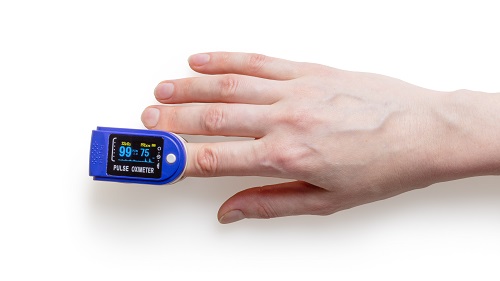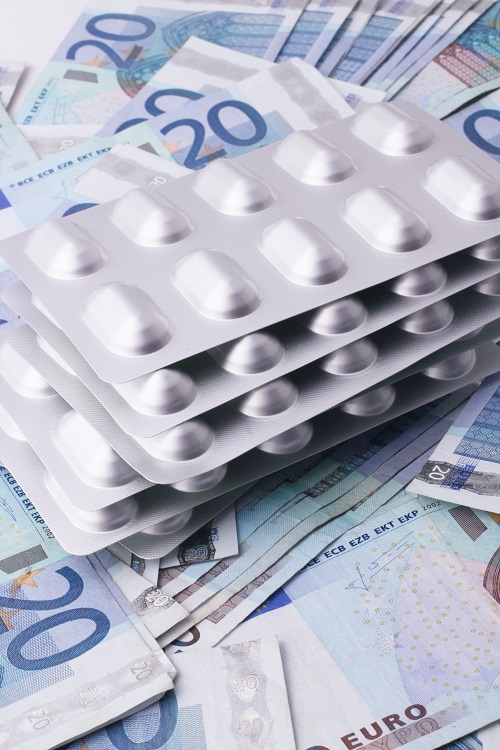Post-Market Surveillance Process and What It Will Cost You
Post-market surveillance and vigilance costs are overgrowing. For example, the number of reported adverse reactions has increased annually by approximately 10-15% over the past five years. In addition, costs for post-market surveillance have been growing, especially in high-risk products.
What is PMS or post-market surveillance?
In post-market surveillance, a drug or medical device is monitored to ensure its safety and efficacy after it has been approved for sale.
Post-market surveillance is vital to ensure that any adverse events or other problems encountered with a product are detected and managed quickly, including any unanticipated effects resulting from long-term use. Post-market surveillance aims to ensure that products remain safe and effective and to monitor the benefits and risks of these products continuously so they can be appropriately used in clinical practice.
As such, manufacturers can hardly slack off regarding this crucial step. Moreover, the EU has been tightening its regulations regarding PMS to ensure manufacturers continue to hold up the quality of products they registered. The new changes in MDR have manufacturers all over Europe worried about the rising cost of PMS, especially since the production cost has risen.
The most significant aspects of the changes are an increased scope, more content per the report, a shift from periodic to continuous reporting, and changing inputs from a higher number of stakeholders, including physicians/clinicians, patients, regulators, and health authorities. Managing the data that needs to be collected and analyzed becomes quite complex.
The cost difference of EU MDR PMS in class devices

The severity of risk and level of safety associated with medical devices determine their classification. As the risk varies, so does the cost of post-market surveillance. The PMS process is somewhat lax for low-risk or class I medical devices. Even so, the cost is higher than in the past.
According to the MDR,
All devices must update their clinical evaluation data based on the PMS, especially the PMCF. However, the requirements for class I medical devices and the other classes differ.
The EU states: “For class I devices, including sterile, those with a measuring function and the reusable surgical instruments, the manufacturer must prepare and maintain a post-market surveillance report (MDR Article 85), which must be made available to the competent authorities on request.
For class IIa, IIb, and III devices, the manufacturer must prepare a periodic safety update report for each device and, where relevant, for each category or group of devices (MDR Article 86). This report must be updated at least annually for class IIb and III devices and at least every two years for class IIa devices.”
How much does PMS cost in EU MDR?

The exact amount for the post-market surveillance process for European medical device regulation varies from company to company. Some reasons for this and some techniques for reducing the cost can be found here.
It mostly depends on your PMS plan. Even for low-risk devices, the cost of PMS is at least 2-3% of your annual revenue. This does not include the costs for software development, additional training, marketing changes, and changes made to the product, which could add another 5-10%. For high-risk devices, the costs can be significantly higher since you will need to perform more clinical studies.

PMS is an investment that needs to be planned in advance as it takes several months to implement.
It will take much longer than expected if you have already implemented a PMS and want to add or change existing features. The costs associated with adding an additional feature or function to an existing product may be substantial depending on how it affects the overall design of your device. This is especially true if you need to make major changes that affect several subsystems (for example, adding wireless connectivity).
There are additional costs as well. For example, the expenses related to testing, validation, and documentation are not included in the above percentages because they depend on each individual product and company’s needs. If you are a small to medium business, using free or low-cost software first would be best to keep this cost down.
Also, if you are just starting, consider creating a detailed analysis of post-market surveillance reports of similar devices before beginning the design and production of your device. You should be able to gain some understanding from a thorough literature review. However, having a chart of parameters drawn will be immensely helpful to your team down the road.

The main cost of implementing an MDR PMS is the investment and time needed to develop and maintain it. This can be mitigated by outsourcing some activities to a third party or vendor. However, you will need to choose the activities wisely since it can potentially lead to major errors in the data due to a lack of understanding of the business process.
The cost of starting a systematic approach toward PMS is modest compared to the gain in market share and competitive advantage.
A PMS can reduce costs if it’s appropriately done by providing better visibility into the entire supply chain, including suppliers, distributors, and end users.
What is the EU offering to counterbalance the extra cost?
As reported in a press release published in July 2022, the Eu has promised three changes that should counterbalance the additional cost companies are to bear because of the MDR changes, including newer PMS and PMCF restrictions. These three are:
- Simplified administrative procedures
- Increased legal certainty
- Increased credibility and reputation of the overall system

These are all based on the credibility that EU MDR-approved devices will hopefully receive because of the stricter restrictions the MDR applies. The result will depend on how well these devices compete in the international market and how much the surveillance costs in the upcoming years.
References:
1. MDCG 2021-24; Guidance on classification of medical devices; October 2021
2. https://ec.europa.eu/commission/presscorner/detail/et/MEMO_17_848
